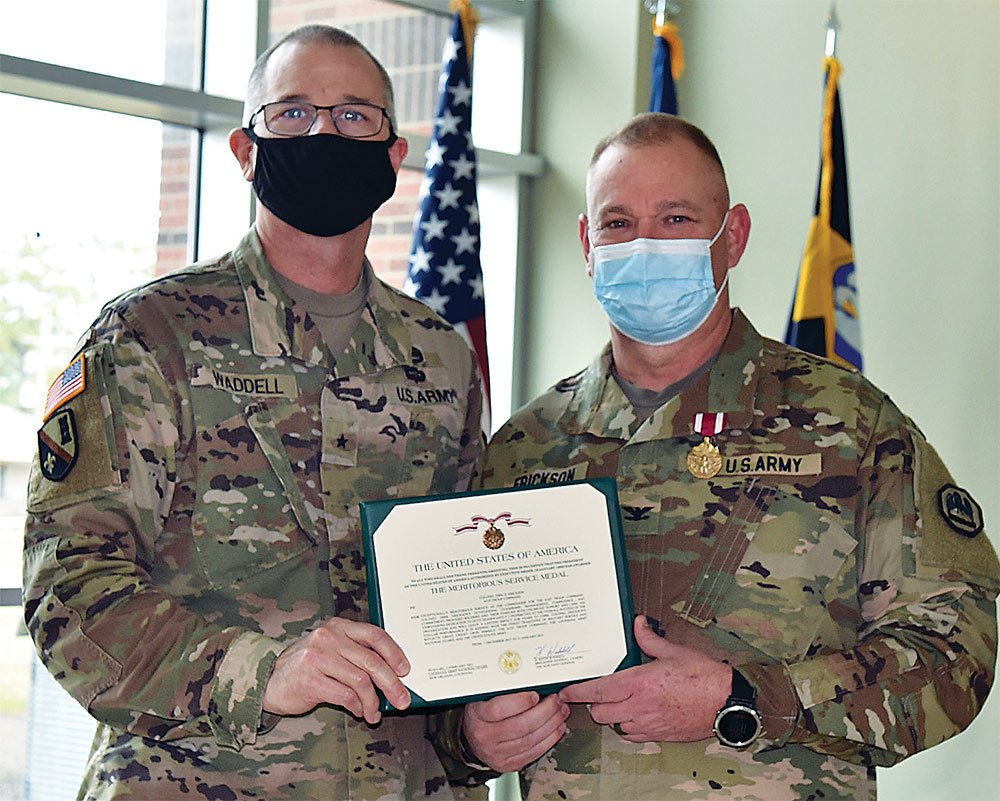s a citizen-soldier, I think possibly one of the greatest strengths of the Reserve Components is its diversity. I am not talking about cultural diversity but rather individual diversity, the uniqueness inherent to every person on a team or in an organization. Great leaders understand how to harness such assets.
First, I must step back to my early days as an active-duty private serving in the infantry. In the mid-‘80s, I had the privilege of serving in the Berlin Brigade under some exceptional young leaders. I say young because, looking back, they appear far too young to have been burdened with all that came with being a leader in the Berlin Brigade during the Cold War. Not only did they face the daily requirements of maintaining a ready team, but they were also saddled with having to prevent a bunch of really young infantry soldiers from creating an international incident in a walled city that housed not only British, French and Russian infantry but also three million civilians. The opportunities for trouble were limitless, training areas were limited, and national pride on all sides was bountiful. We trained in city parks and drove military vehicles through crowded city streets on a daily basis. We were expected to be both warriors and diplomats as we routinely encountered allied soldiers and West German citizens. We could also see and be seen by East German sentries.

I say an old fool because the vision is probably ridiculous, especially to the average onlooker. Invisible to the eyes of common sense, illogical to the current situation, and clouded in uncertainty. The old fool, artist, or leader only sees the future; however, vision alone is never enough. Actualizing the vision requires effort, assets, resources and, most importantly, focusing them with consistency and efficiency toward that future reality.
Earlier I described my infantry platoon as a group of like-minded people, being led by like-minded leaders and seeing opportunities and challenges through common lenses. This is not the case for the average reserve unit. It is not a collection of similar experiences, educations and thoughts. Instead, you have a college student studying engineering standing next to an apprentice pipefitter, next to a florist standing beside a bank teller talking to a police officer. They have all been through a similar army school, but, quite frankly, this is the only thing they have in common. And in leadership positions, you have engineers, small-business owners, banking and insurance executives, car salesmen and funeral directors. The diversity is staggering. Conservatives working with liberals, naturalists and industrialists set to a common task—the potential is infinite and the complications too many to number, but it is absolutely priceless. This is the environment that provides the citizen-soldier leaders their most incredible gift. They have a set of brushes and chisels that no other leader in the world has been given, and that collection of assets grows with each advancement in position.
